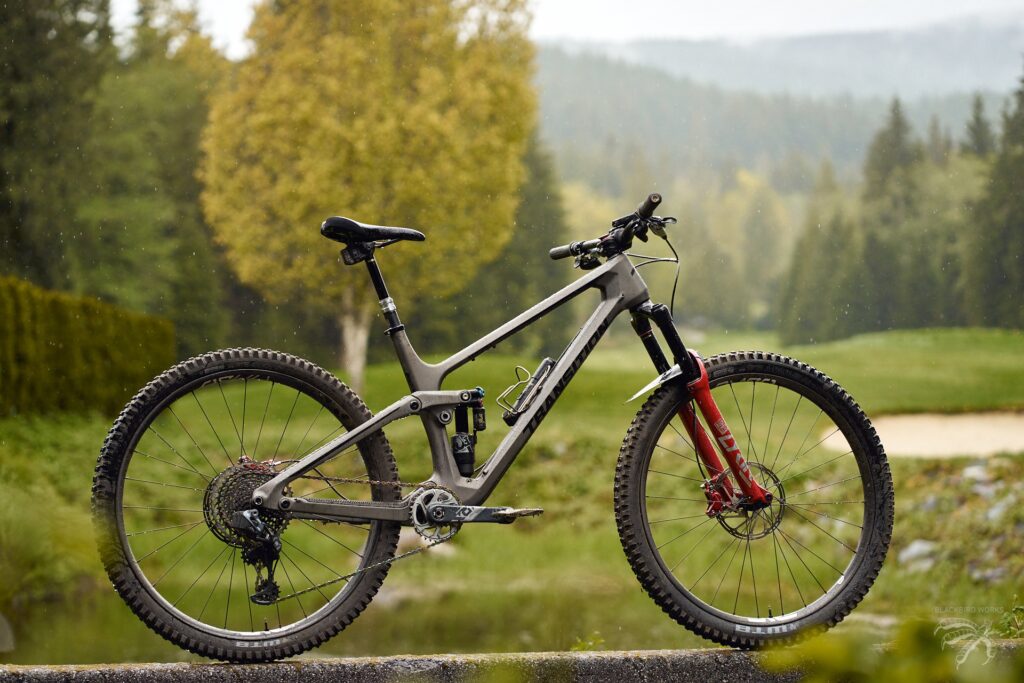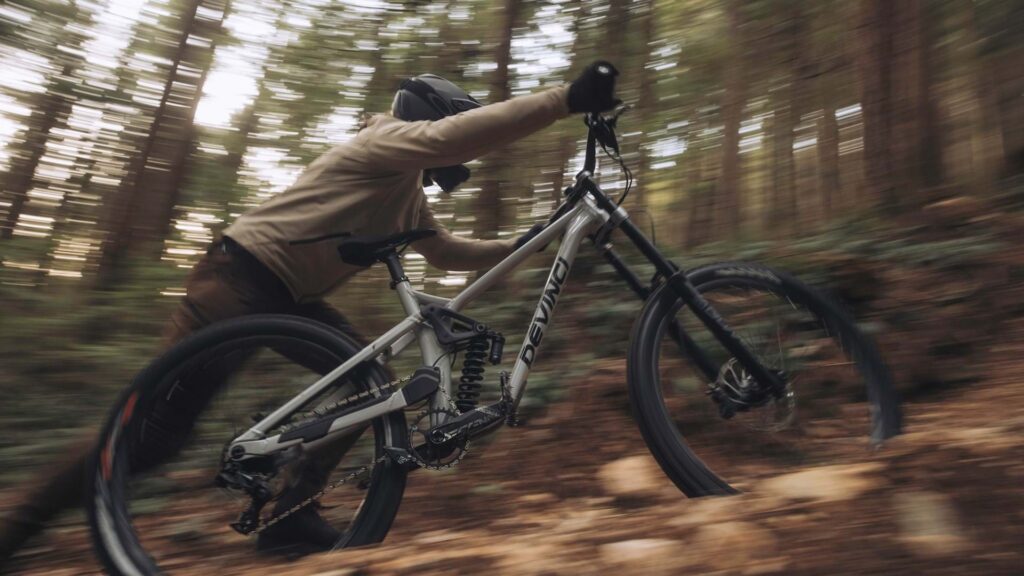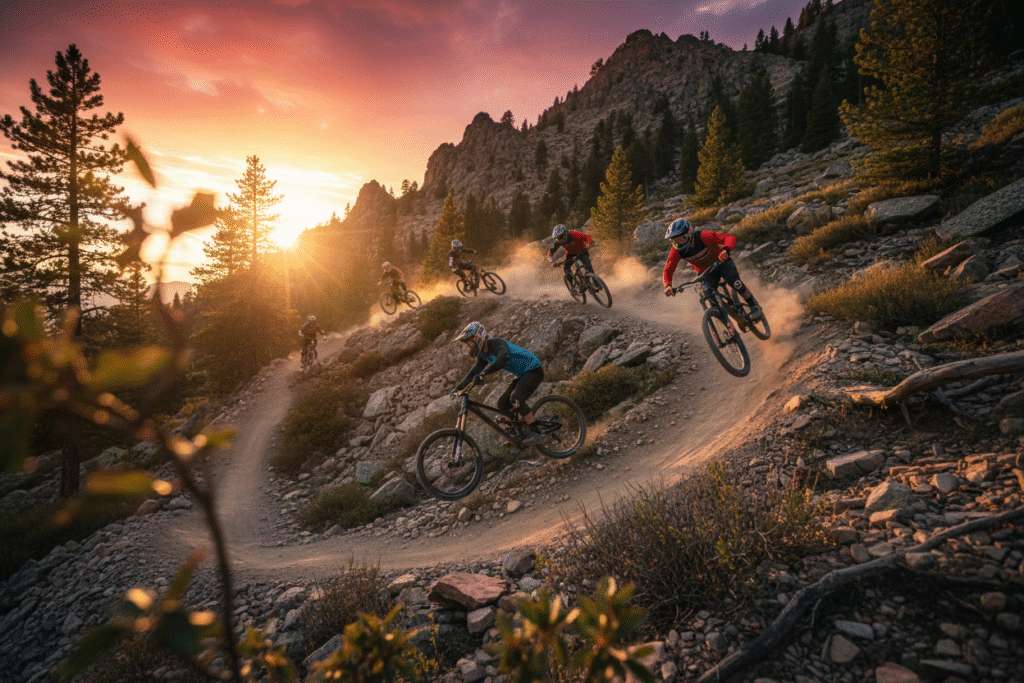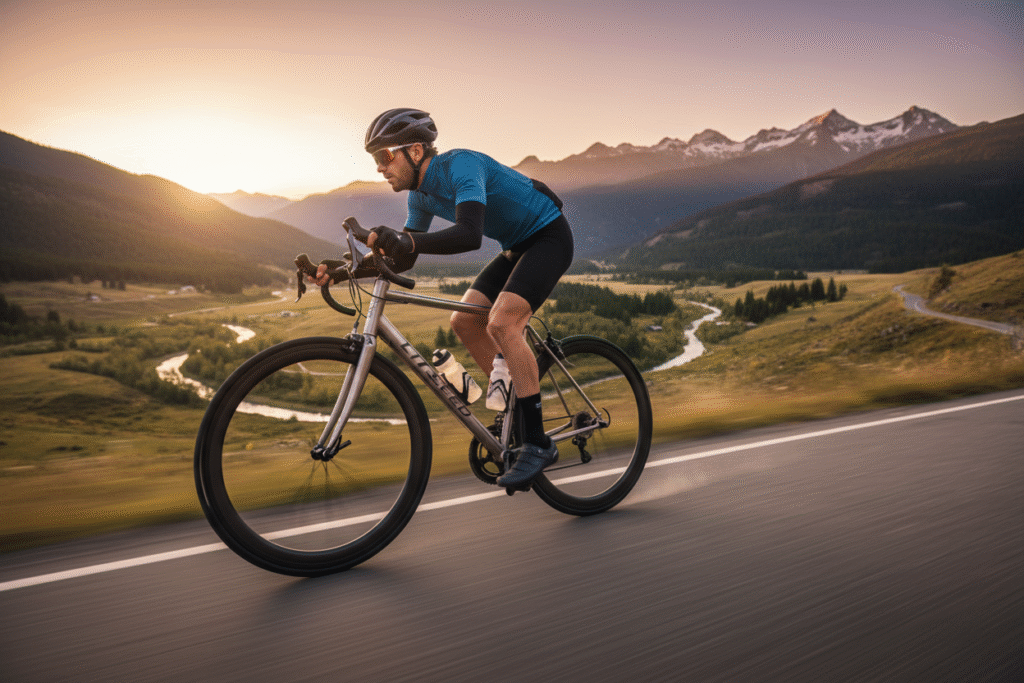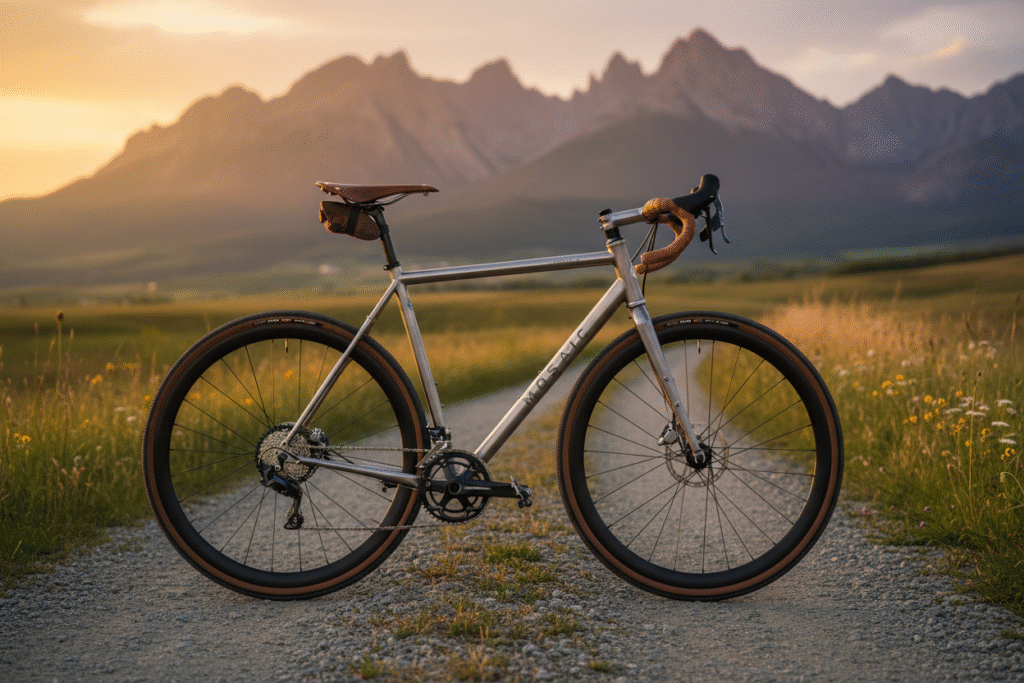Introduction
If you want a “do-it-all” mountain bike that leans toward aggressive terrain yet still pedals decently, the Transition Sentinel V3 is one of the most anticipated releases of 2025/2026. With updated geometry, integrated storage, flip-chip versatility, and modern suspension refinement, it promises to bridge the gap between trail and enduro.
In this review, I’ll dig into everything: geometry, build, ride impressions (climbing, descending, handling), how it compares to peers, and who should ride it. By the end, you’ll know whether the Sentinel V3 is your next trail weapon.
Brand & Model Context
- Brand: Transition Bikes — an American, rider-owned brand known for balancing fun and aggressive performance.
- Model line: Sentinel — long-time mid-travel (140–160 mm) platform in Transition’s lineup.
- What’s new / V3 updates:
• Adjusted geometry & kinematics
• Integrated BOOM Box internal frame storage (on carbon versions)
• Flip-chip / mixed-wheel compatibility toggle
• Cleaner cable routing and minor frame tweaks - Travel spec: 150 mm rear, 160 mm front (fork) on test bikes.
Given those updates, the Sentinel V3 is a refined version of a bike that’s already proven. Let’s see how it rides in practice.
Geometry & Specifications
| Spec | Value (as tested) | Notes |
|---|---|---|
| Head tube angle | 64° | A bit slacker than older versions; supports stability on descents. |
| Reach / Stack | Moderately long reach, comfortable stack | Fits modern long-travel bike geometry style. |
| Chainstay length | Size-specific lengths for better balance | Helps with agility in smaller sizes and stability in large. |
| Flip-chip / Mullet mode | Yes | You can convert geometry or wheel setup with a chip. |
| Frame Options | Carbon or alloy | The V3 is offered in both materials. |
| Weight | ~32.9 to ~34 lbs depending on build | For reference size and spec. |
Observations on geometry:
- The head angle at 64° gives the front end composure at speed while still allowing the bike to pivot when needed.
- The mix of reach and stack puts you in a balanced position — not overly stretched, but aggressive enough for playful lines.
- Flip-chip geometry gives you flexibility: want a more nimble feel or a bit more slack for rough terrain? You can adjust.
Ride Impressions
Climbing / Pedaling Efficiency
On moderate to challenging climbs, the Sentinel V3 performs well. The updated kinematics help maintain rear support, allowing the bike to climb without feeling too wallowy. In locked-out or stiffer modes (if the shock supports that), the climb feel improves further.
That said, it’s not a pure XC machine — you’ll feel its weight and geometry on long, sustained uphill drag or steep pitches, especially compared to lighter bikes. But for its class, it pedals better than older 29ers of similar travel.
Descending & Tough Terrain
This is where the Sentinel V3 really shines. With 150 mm rear and 160 mm fork travel, the bike feels confident over chunder, rock gardens, jump lines, and aggressive trails. The slack head angle helps stabilize the front end, even when pushing hard.
The bike is playful too — it allows you to pop and rebound off features, and the mixed-wheel or flip-chip options add versatility when you want more aggression.
However, on extremely steep or technical terrain, or where you’d normally choose a full enduro sled, the Sentinel V3 can reach its limits. Riders pushing beyond its designed envelope may notice a bit of flex or hesitation when trying to force lines.
Stability & Handling
- Good balance: The geometry balances front and rear; the bike doesn’t feel overly twitchy or lazy.
- Handling is sharp yet confidence-inspiring: You can dart between lines, adjust posture mid-ride, and recover from errors.
- The frame and suspension feel refined: it’s tuned so that inputs are translated cleanly without harsh feedback.
- The bike responds well to rider input — you can shift weight, pump transitions, and influence trajectory.
Comfort & Real-World Ride Quality
Ride smoothness is solid. The suspension soaks chatter well, and the bike’s design helps reduce rider fatigue over longer rides. In particularly rough terrain, the smooth suspension dynamics and good damping prevent vibration fatigue.
One detail to note: cable routing and frame cleanliness are better in V3. The integration and covers reduce rattling and visual clutter.
Strengths & Weaknesses
Strengths
- All-round performance — straddles the line between trail and enduro, giving you versatility.
- Modern geometry — flip-chip, balanced reach/stack, slack head angle.
- Internal storage / clean build — BOOM Box integration and thoughtful routing.
- Playful yet stable — fun for jumps, lines, and aggressive riding without compromising control.
- Durability and thoughtful updates — refined frame design and component choices.
Weaknesses / Trade-offs
- Not XC-light — weight and geometry show on extended climbs.
- Tighter limits in extreme terrain — pushing beyond its envelope can expose frame flex or hesitation.
- Transition paint / finish susceptibility — though improved, still worth protecting (frame wraps etc.).
- Higher price ceiling — for competitive builds, costs climb (carbon, premium parts).
- Less forgiving in tight, twisting singletrack — large bike geometry can feel big in tight or technical trails.
Comparisons & Peers
To position the Sentinel V3 in the field:
- Compared to Transition Spur, the Sentinel offers more travel and more downhill composure, though Spur might feel snappier uphill.
- Against other mid-travel bikes (Ibis Ripmo, Santa Cruz Hightower, etc.), the Sentinel is competitive — it may not outperform in every metric, but its balance and ride feel make it a compelling choice.
- For riders seeking a pure downhill or enduro bike, the Sentinel isn’t the ultimate pick — but for someone who wants one bike for most trails, it’s extremely compelling.
Who Should Ride It
- Riders who want one bike to do almost everything — trail, descents, jumps, scrambles.
- Folks who favor fun and versatility over specialization.
- Mountain bikers who ride a mix of terrain, not exclusively XC or exclusively enduro.
- People who want modern tech (internal storage, flip-chip) and geometry that stays relevant.
- Those who accept trade-offs (weight, climbing drag) in exchange for downhill capability.
It’s less ideal for riders who focus exclusively on racing XC, or those wanting the absolute lightest bike possible.
Final Verdict
The Transition Sentinel V3 is a polished, high-capability machine that hits the sweet spot for many riders: aggressive enough for rough descents, stable at speed, yet still willing to climb and adapt.
If your ideal bike is a “do-it-all trail machine with a bias toward rowdy terrain,” the Sentinel V3 should be on your shortlist. Just know its limits — and equip it appropriately (tires, suspension tune, protection) for your terrain.
Between its upgrades, modern geometry, and strong ride feel, it’s one of the finest trail bikes of 2025/2026.
Related Content:
- Best E-Bike Brands
- Best Mountain Bike Brands
- Trek vs Specialized
- Santa Cruz Bikes Review
- Yeti Bikes Review
Why Trust This Review?
BestBikeBrands is built by lifelong cyclists with decades of real-world experience — in the shop, on the trail, and behind the wrench. Our goal is simple: to help riders choose the best bikes and gear with confidence, backed by expert insights and hands-on testing. Learn more about us →
